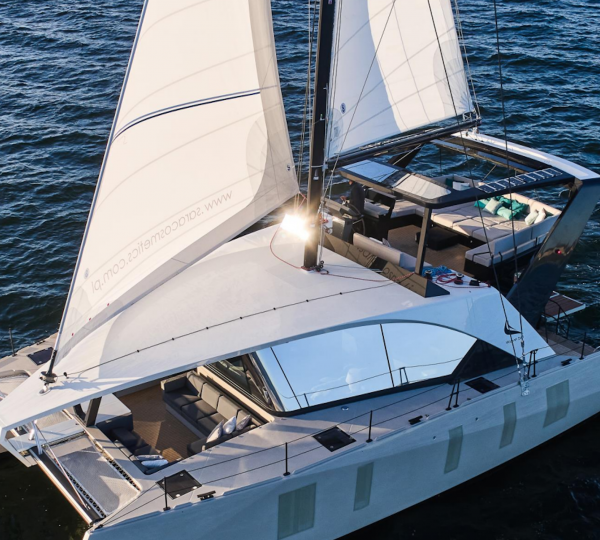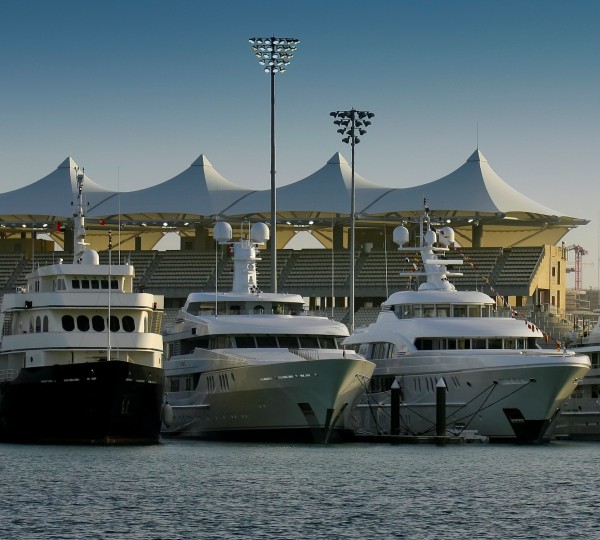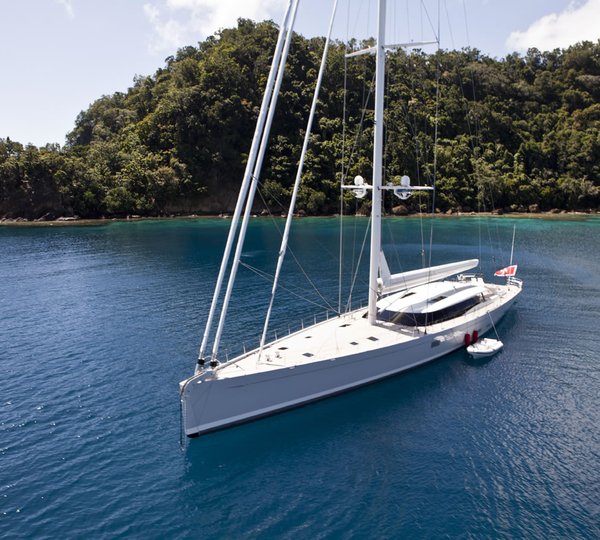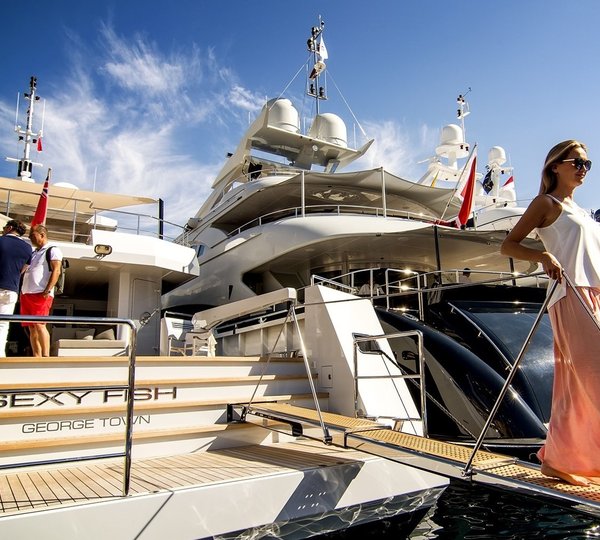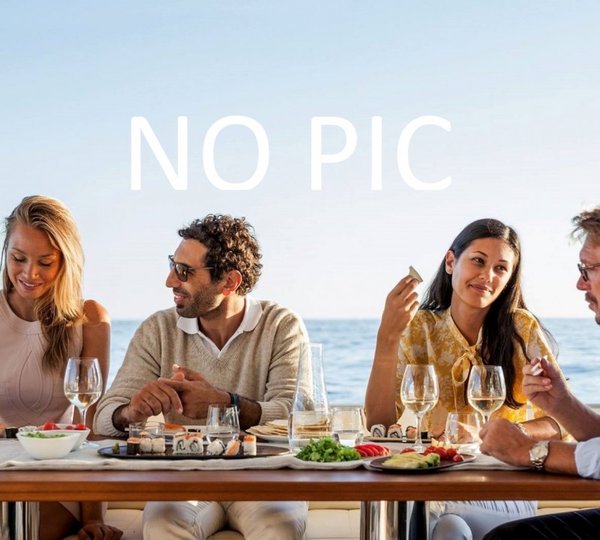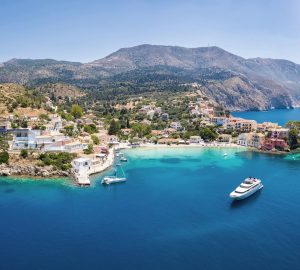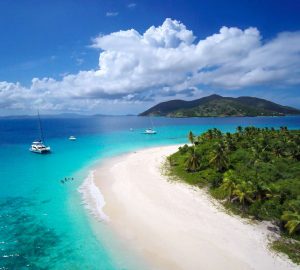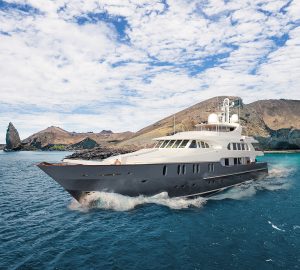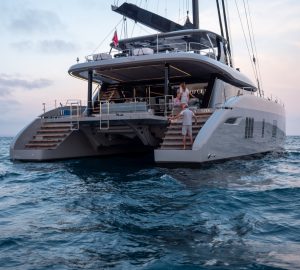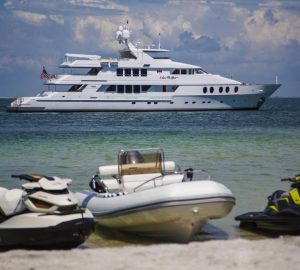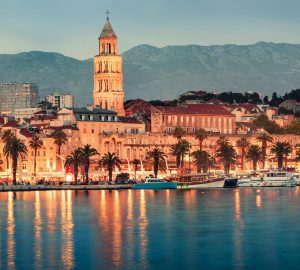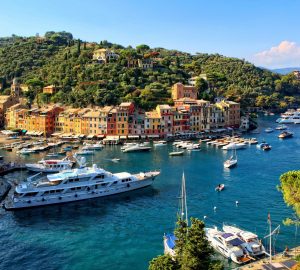The speeds that Volvo 70 yachts reach as they compete around the world in sometimes dangerous conditions raise concerns about the safety of crew who have to face immense battering mainly from big seas sweeping down the decks.
A panel discussion at the Fourth High Performance Yacht Design Conference in Auckland discussed the performance versus crew safety conundrum and Race Director Jack Lloyd revealed that steps are already being planned to reduce the dangers crew face.
The area forward of the mast is of particular concern as waves sweep down the deck with tremendous force at speeds of 30 knots or more. During the previous race, one crewman was swept overboard and died.
Measures have already been introduced to increase on-deck security and, under current rules, headsails have to be hanked onto the forestay as opposed to using luff foils because it makes sail handling safer.
“Our next step will be to go to furling headsails to keep the crew off the foredeck as much as possible,” Lloyd said. “Already we are seeing sailors and designers suggesting things that will make the boats safer, or indicating they will accept more readily things we might want to introduce for safety reasons.”
An audience of more than 400 people gathered to hear an expert panel of designers and sailors talk about issues confronting the current Volvo Ocean Race fleet. The amount of water across the deck was clearly a major issue.
“There is only so much you can take with water coming across the deck at 35 knots,” said Simon Fisher, a helmsman on the Abu Dhabi yacht. “It is sometimes hard to just hang onto the wheel and to see where you are going.”
Rob Salthouse, a helmsman on the CAMPER with Emirates Team New Zealand crew, said most of the injuries the crew had sustained were related to water on deck.
“One of the biggest things is the acceleration of the boats. When you take off down a wave, it is like a turbo-charger kicking in. It is hard to stand up. Then, of course, you generally stop when you get to the bottom. That is the next thing.”
Salthouse said if you could beam the public on board for a two-minute theme park ride, it would be interesting to see how many wanted to get off before the two minutes were up.
Gautier Sergent, a member of the sail design programme for the French Groupama team that won the leg to Auckland, said power was the holy grail. But power not only generated speed but also massive loads.
Most of the yacht designers had attempted to come up with shapes and configurations that would keep the bow up as much as possible and this was something the aero teams attempted to do as well, generating lifting forces with the sail plans and by raking the masts back.
French designer Guillaume Verdier noted that the Open 60 yachts that race around the world single-handed paid much more attention to protecting the solo sailors from the elements. This was as much about performance as comfort. “The capacity of a person who is wet and cold is very much reduced,” he said.
Emirates Team New Zealand structural engineer Giovanni Belgrano said that when the Volvo 70 rule first came out, it was frightening how much power was being put into the boats. They were on the edge of being dangerous, but he felt developments were moving in the right direction.
Fisher observed that the first generation yachts in the class suffered structural issues and keel failures. “The structures now are doing a much better job,” he said. “There has also been some consideration about waves over the deck and making life a bit more comfortable on board.”
All the sailors in the panel agreed that the key to success lay with knowing when to throttle back. Tony Mutter, watch captain on the Puma syndicate, recalled racing on board the victorious ABN AMRO One team in the previous race. Blasting through the Southern Ocean, they covered 2,500 miles in five days, with Movistar breathing down their necks all the way.
Then Movistar made a 10-mile gain and the debate on ABN AMRO was whether to push harder. But, skipper Mike Sanderson opted for a more cautious approach in the belief that their rivals were courting danger. The next radio sked proved him right when the Movistar boat broke.
“With these boats, you have to pull your foot off the throttle at times,” said Mutter. “If you don’t, you will break the boat. The crews will have different levels where they back off – either from experience, or ignorance.”
Simon Fisher added: “The competitive instinct is to push hard, but you are always balancing whether to go at 100%, or back off and not break anything.”
Just in case fans think the race is about to be completely tamed, the last word went to Ian Campbell from the Wolfson Unit at Southampton University. “The Volvo Ocean Race and the Volvo 70 yachts are what they set out to be,” he said. “They are the pinnacle of offshore racing monohulls. This is a race. The sailors are up for it and there is more to come.”
The High Performance Yacht Design Conference is kindly supported by New Zealand Trade and Enterprise, Auckland Tourism Events and Economic Development, North Sails NZ, Core Builders, SP High Modulus.


